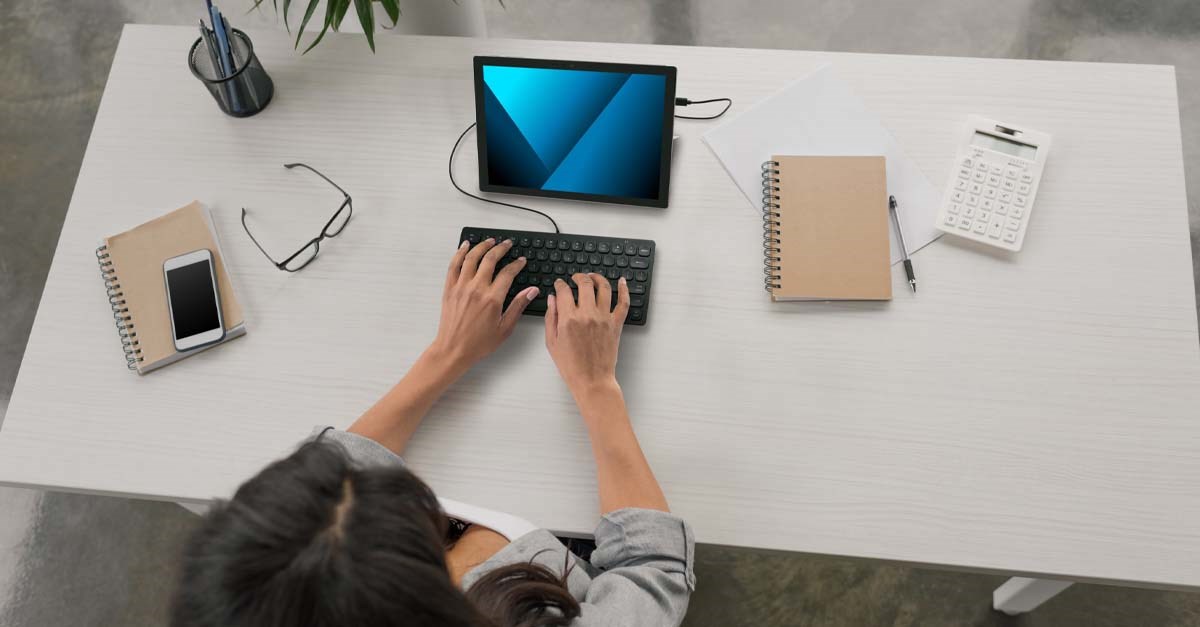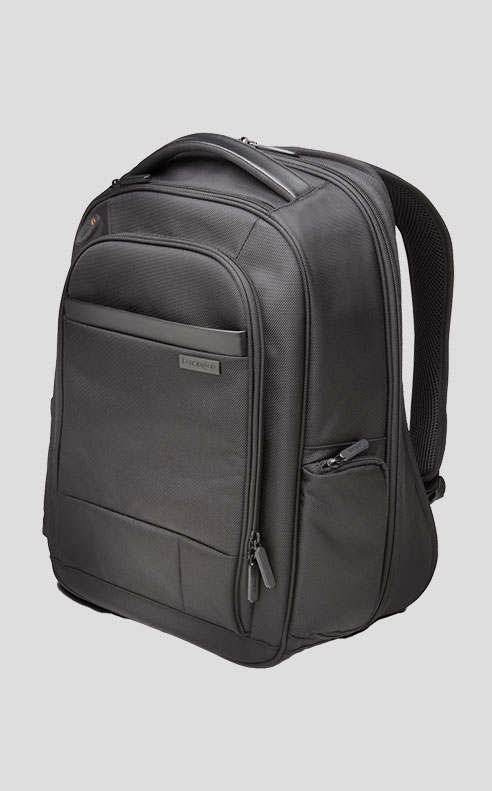
Adjusting your remote workstation will enhance your work from home (WFH) experience. To do this, you need to incorporate an ergonomic design into your home office.
The recent global health crisis sent many workers home to work. Many of those workers were not prepared. A staggering number of remote and hybrid workers still are not prepared.
For example, in a survey published by Nulab, more than 70% of remote workers don't have a home office. Many don't even have a designated workstation at home.
In that same survey, 58.5% of those working from home do so at a desk. While the others work from places like the kitchen table, couch, bed, or countertop.
There is no way to get a proper ergonomic setup if you do not dedicate a workstation at home for yourself. Invest in your productivity and well-being because ergonomics matters.
Why Ergonomics Matters
Employers and employees alike should take ergonomics seriously. Staff can experience significant injuries, including musculoskeletal disorders (MSDs) and repetitive strain injuries (RSIs) resulting from a lack of workplace ergonomics.
Studies show that 86% of office workers (and those working in a home office) experience strains and generalized soreness throughout their bodies. They cited poor office equipment and furniture as the main causes of these issues.
For that reason, organizations and employees need to work together to set remote and hybrid workers up with an ergonomic design in their home offices.
4 Tips for an Ergonomic Home Workstation
There are four primary areas of the body affected by your WFH routine resulting from poor ergonomics. These areas include:
- Neck
- Back
- Wrists and hands
- Feet
Ergonomics lessens muscle fatigue. As a result, an ergo-minded workstation setup reduces injuries and strains to these areas of the body. It can also reduce the severity of work-related MSDs and RSIs that may occur.
Here are some quick tips to help with the ergonomic design of your home office, focusing on these four areas of your body. Let’s start at the top.
1. Ergonomic Design Tips for Your Neck
The first tip for an ergo-friendly WFH workstation setup is to ensure that your neck is aligned properly to avoid injury to the soft tissue. You can do this by placing your monitor at eye level.
When your monitor is too high, it compresses vertebrae in your neck and can lead to long-term issues in your neck and shoulders. A properly placed monitor, placed at eye level, guarantees your vertebrae remain in the most neutral position.
When your monitor is too low - like when you just use your laptop - you most likely hunch over. This position will quickly cause neck and shoulder issues.
Consider a One-Touch Monitor arm. This monitor arm will place your monitor in the correct position quickly.
2. Ergonomic Design Tips for Your Back
An ergonomic design tip for your back is to make sure you sit back in your chair. Allow the chair to properly support your back.
If the chair you use does not offer lumbar support (i.e., a kitchen chair), utilize external lumbar support to support your back.
Opt for a SmartFit® Conform™ Back Rest by Kensington. Set your back in the most comfortable position that supports your spine and lumbar.
When properly supported, you're able to rest your back and take the least amount of effort to sit in a comfortable, neutral position.
3. Ergonomic Design Tips for Your Hands & Wrists
According to the Centers for Disease Control and Prevention (CDC), surgeons perform between 300,000 to 500,000 carpal tunnel surgeries each year. The doctors cited poor ergonomics in the workplace as a primary factor for those suffering from carpal tunnel syndrome (CTS).
To avoid CTS and other RSIs, make sure your desk is the right height. To check for the correct desk height, put your elbows at a right angle in front of you.
Your forearm should act as a bridge from your body to your desk in a flat or slightly downward position. If the bridge is angled upwards, your desk is too high, and you should consider a SmartFit® Clamp-On Keyboard Drawer.
Also, consider a vertical mouse and ergonomic keyboard to keep your wrists neutral and working less. Keeping your wrists neutral while mousing keeps your carpal tunnel area free from pressure and allows you to be more comfortable long term.
Consider the Pro Fit® Ergo Keyboard and Mouse Bundle. Ergonomic keyboards take less pressure and effort to type in a neutral position and have found people can actually type 11% faster on an ergonomic keyboard after a short adjustment period (about 2 weeks - according to a Kensington Keyboard study).
Here are some additional reasons why you need an ergonomic keyboard:
- Reduces workplace stress (even at home!)
- Improves comfort
- Prevents injuries from typing
- Boosts your productivity
As an employer, if you provide ergonomic keyboards for your staff, it shows them you are invested in their well-being and lets them know you care.
4. Ergonomic Design Tips for Your Feet
Take care of your feet, and they'll help the rest of your body. Having your feet supported properly on a footrest, especially one that moves or rocks, helps keep the circulation flowing in your legs.
It also helps fatigue set in slower and keeps you more supported in your chair. By placing a footrest underneath your feet, you'll find you will naturally sit back in your chair versus hunching forward.
Consider a SoleMate™ Comfort Footrest with a SmartFit® System. You can provide support for your body's very foundation.
Kensington Can Help You with Your Ergonomic Design for Your Home Office
At Kensington, your health and well-being are a priority to us. That is why we design ergonomic accessories designed for your home office.
When employees are comfortable, they are more productive. When they know their employers are invested in their well-being, they have a greater sense of belonging and company culture.
Set you and your employees up for success. Get the latest Kensington products designed by our Ergo Experts!
Is it time to give your work from home routine an ergonomic upgrade? Contact us today to find out more about our latest ergo products!
